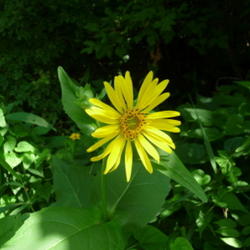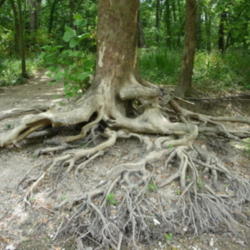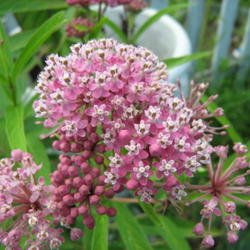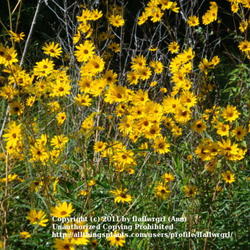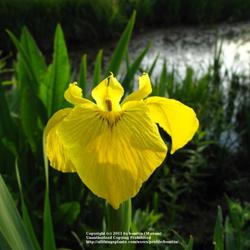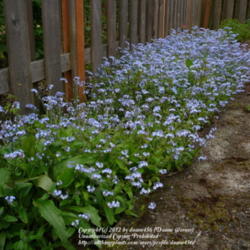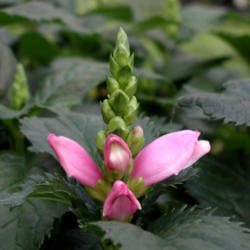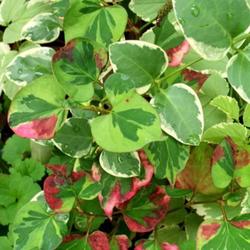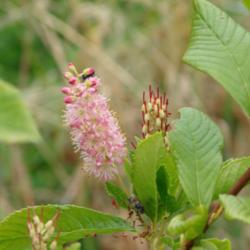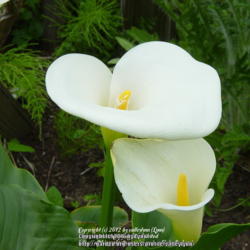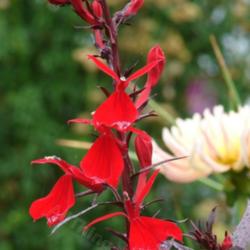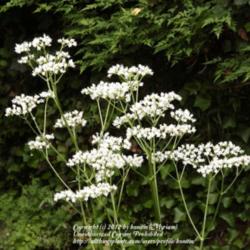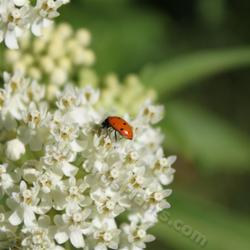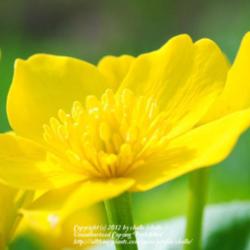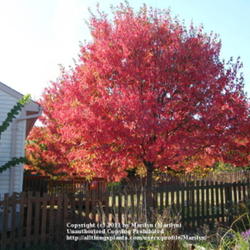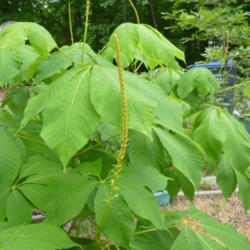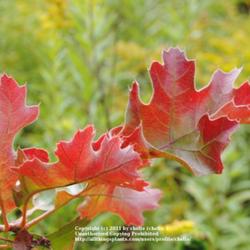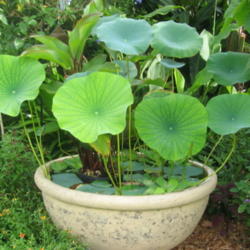#2: Sycamore (Platanus occidentalis)
@Marilyn says, "When I was growing up in Centerville, OH (a southern suburb of Dayton, OH), my parents planted an American Sycamore on their quarter-acre lot, as well as other types of trees. My dad planted it within a year of building the house and they had the house for 16 years. As the years went by, that tree shaded the whole house in the summer so well that the AC didn't have to be used.
Then, when they moved to Lebanon, OH, and built another house, they already had American Sycamores growing on their 5-acre property.
I always loved seeing those beautiful trees! To this day, whenever I see an American Sycamore, I remember the wonderful trees growing in the Centerville and the Lebanon yards!
DH and I don't have a large enough yard to grow this wonderful tree, but if we did, we'd grow it!
Love the peelings on the bark and the distinctive white bark color underneath the peelings!"
